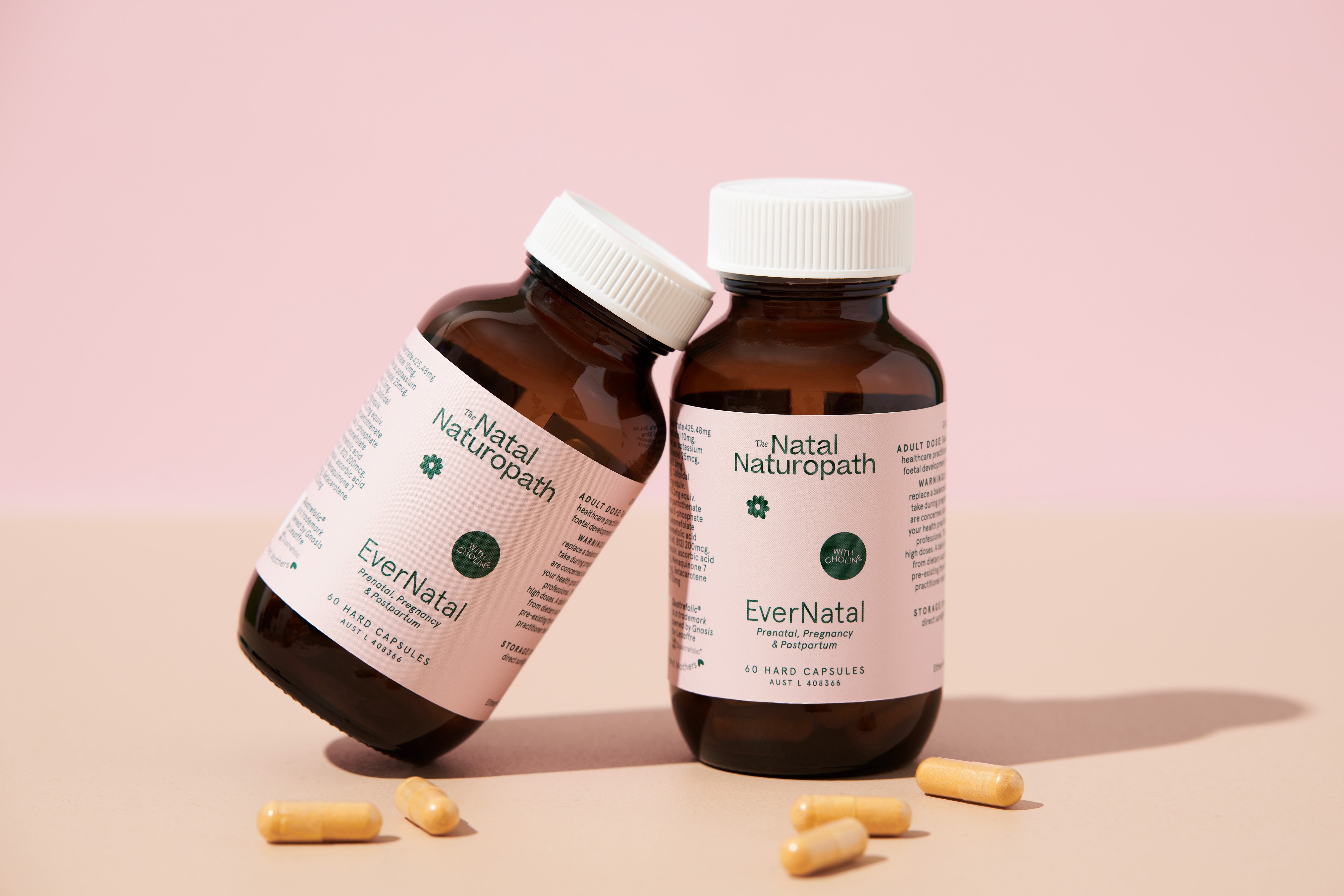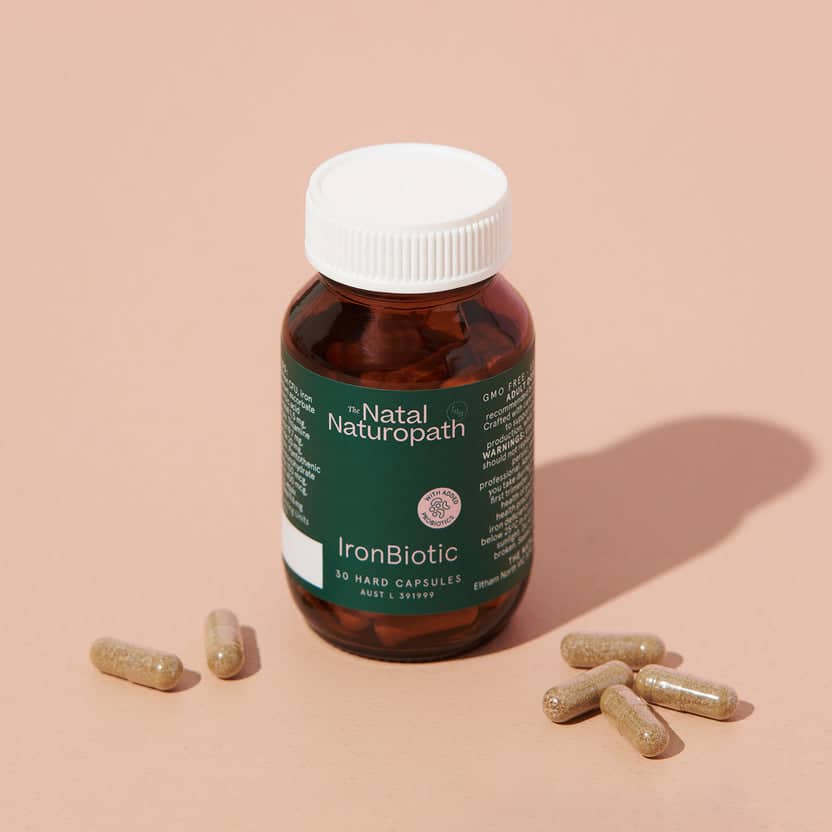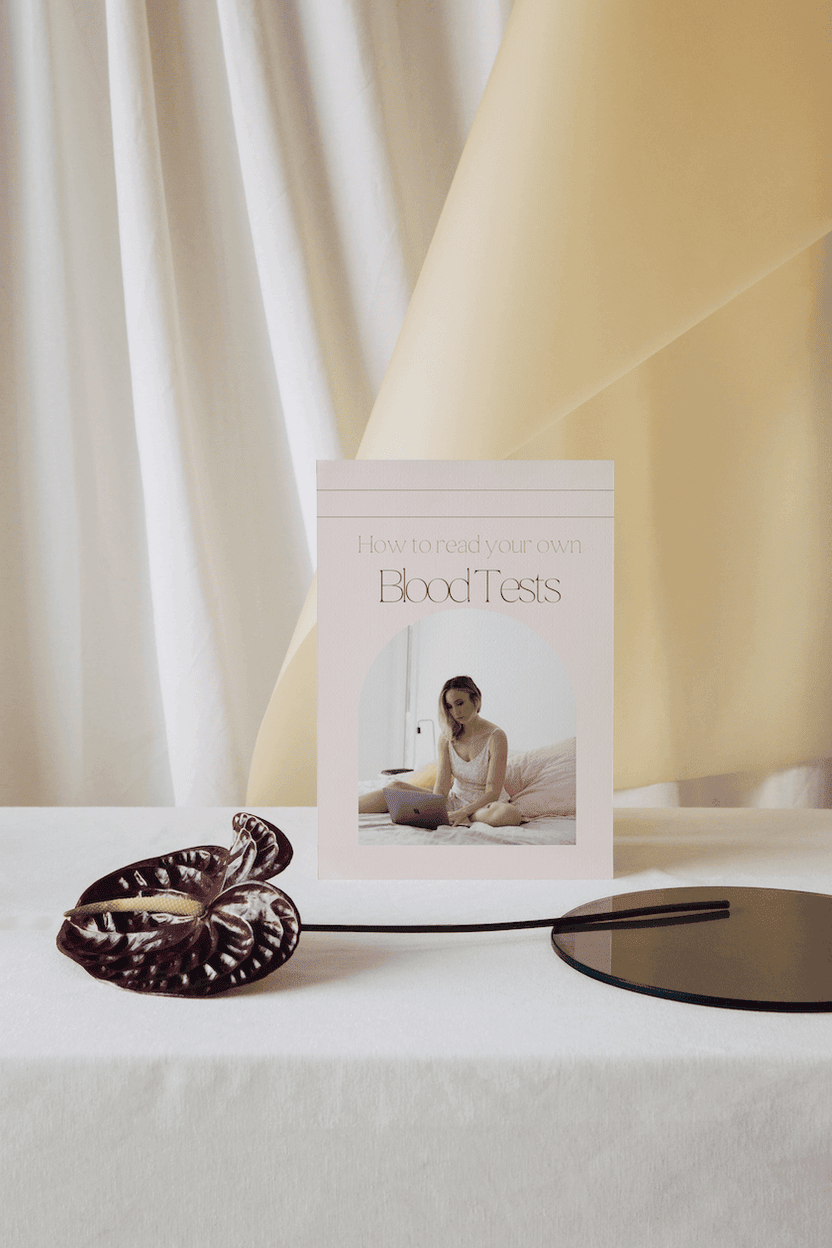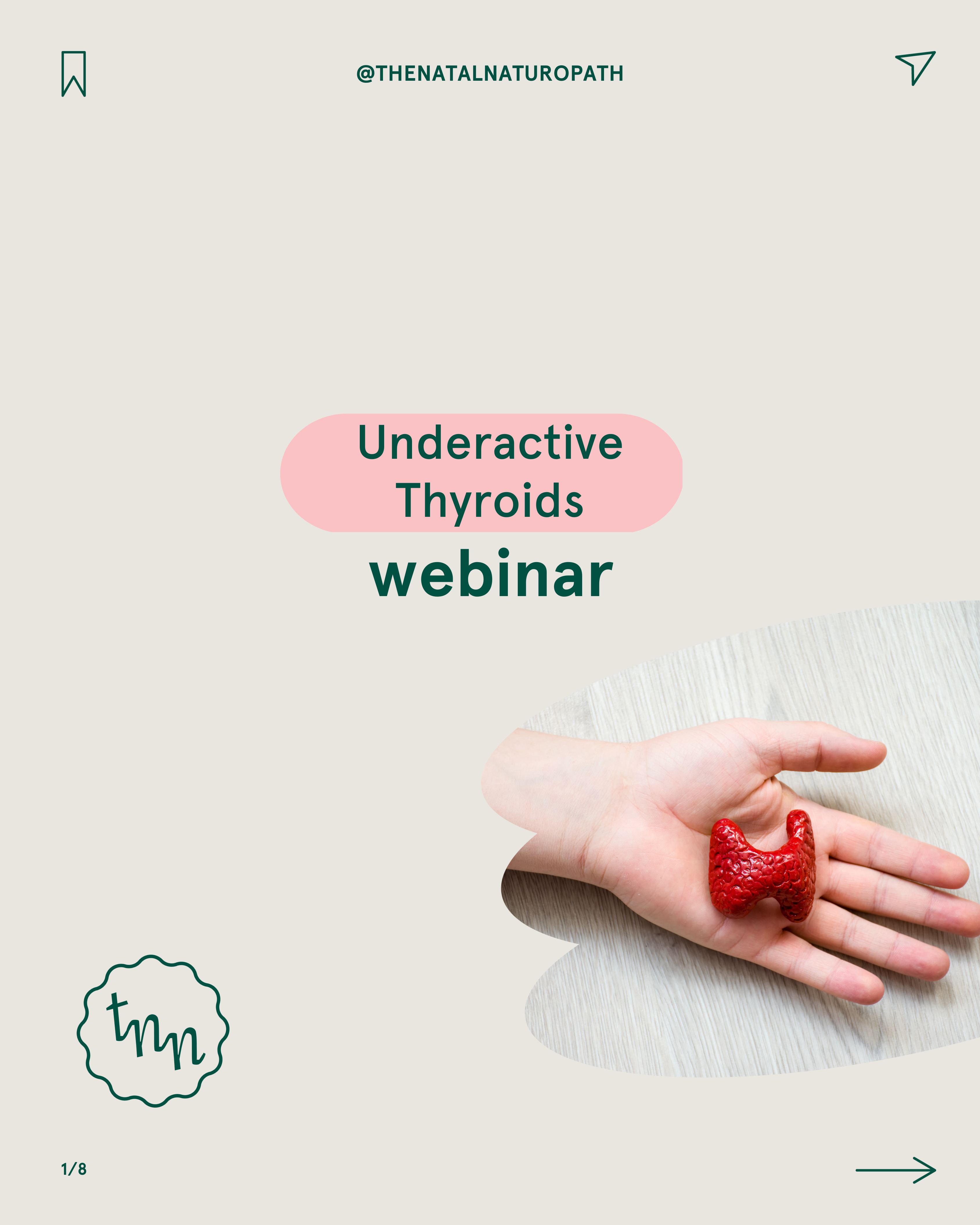Natural Treatments For PMS
Discover The Top Natural Treatments For PMS
PMS. It's like that uninvited guest who always overstays their welcome, bringing along a suitcase filled with mood swings, bloating, and never-ending fatigue. But PMS doesn't stop there; it has a few tricks up its sleeve, surprising even the most seasoned of us with its lesser-known symptoms. Ever found yourself repulsed by your once favourite snack or suddenly sniffing out scents that no one else can? Welcome to the quirky side of PMS. It can turn your bedroom into a battleground of insomnia versus hypersomnia, make your brain feel like it's wading through the fog, and might even give you a shock—literally, with unexpected zaps of electric sensations. Then there’s the mystery of your disappearing libido, leaving you wondering where the spark went. Recognising these varied faces of PMS can be a revelation, reminding us that our experiences are as unique as we are.
Diet and Herbal Allies
Have you ever thought your kitchen and garden could be the first places to look for PMS relief? Let's dive into your pantry and fridge for some ideas. Whole grains like quinoa and brown rice, rich in complex carbohydrates, can stabilise your mood and energy levels. For a calcium boost, turn to dairy products or plant-based alternatives like almond milk and leafy greens, including spinach and kale, to help ease those physical PMS symptoms. Don't forget about omega-3 fatty acids, which you can find in abundance in salmon, flaxseeds, and walnuts, to combat inflammation and lift your spirits.
It's crucial to understand that there's no one-size-fits-all explanation for premenstrual mood changes in all women. It's more likely that there are several underlying factors at play, varying from one individual to another. This diversity means that different treatments may be effective for different individuals. It might be necessary to experiment with various treatments or combinations thereof until you discover what works best for you.
Remember, the five treatments I mention are not the only natural remedies available. PMS does in fact reflect overall health, so any action taken to enhance general well-being can also benefit premenstrual mood. This includes physical activity, spending time outdoors, getting adequate rest, improving gut health, reducing inflammation, avoiding alcohol, and ensuring a well-rounded diet.
Lastly, I want to recognize the severe impact premenstrual mood symptoms can have, sometimes diagnosed as premenstrual dysphoric disorder (PMDD). While natural remedies, particularly antihistamine treatments, can provide relief for PMDD, they may not be effective for everyone. Therefore, consulting with a healthcare professional is advisable, or you can book in an appointment with one of our naturopaths if you want a tailored treatment for you.
Pair these nutritional powerhouses with herbal allies like chaste berry, which can help regulate hormonal imbalances, and evening primrose oil, a champion in soothing breast tenderness. Together, they form a holistic defence against PMS symptoms, offering you relief from nature’s very own pharmacy. Remember, your body's needs are as unique as you are, so consulting with a healthcare expert is crucial to tailor these natural solutions perfectly to you. It’s about creating harmony between what you eat and how you feel, turning each meal into a step towards balance and wellness.
1. The first strategy involves an antihistamine approach, starting with testing an over-the-counter antihistamine to observe any symptom relief. If you find relief, you might consider natural antihistamines like quercetin, SAM-e, and vitamin B6, along with adopting a dairy-free diet, particularly avoiding A1 casein found in milk from certain cow breeds like Holstein and Friesian. Dairy from goats, sheep, and A2 cows (e.g., Jersey) is typically well-tolerated. Interestingly, ongoing research at Deakin University in Australia is examining the inflammatory and psychological effects of A1 versus A2 casein.
Histamine, known for its role in allergies and inflammation, also functions as a neurotransmitter that can influence the brain. Its levels fluctuate with the menstrual cycle, influenced by hormones like estrogen and progesterone. Symptoms of elevated histamine or mast cell activation, which mirror common premenstrual issues, include irritability, anxiety, insomnia, brain fog, headaches, and breast pain, as well as hives, nasal congestion, joint pain, fluid retention, and nausea. Period flu can often present. If these symptoms sound familiar alongside your premenstrual mood changes, an antihistamine route might be beneficial. Have a listen to this podcast episode of mine all about histamine and hormones.
2. The second remedy is magnesium, revered for its anti-inflammatory properties and calming effects on the brain. A 2017 review supports magnesium as an evidence-based treatment for premenstrual mood swings. Some theories suggest magnesium's benefits stem from its ability to regulate progesterone's impact on the nervous system. 300 mg of magnesium glycinate in the days leading up to menstruation can work a treat. Not to mention it helps us sleep more deeply. I'm so excited to launch my own magnesium supplement this year!
3. The third solution is vitamin B6. Its effectiveness, supported by clinical trials, may be due to its role in enhancing serotonin and GABA levels, along with reducing histamine and prolactin. However, it's important to be mindful of the dosage to avoid rare but potential nerve damage; I generally advise 30 to 60 mg during the luteal phase only, and suggest the pyridoxal-5-phosphate (P5P) form over pyridoxine. Always consult with a healthcare provider before starting!
4. The fourth option is iodine, which can significantly improve not just premenstrual mood but also breast pain. If breast pain is a symptom, iodine might be the first remedy to consider. However, for those with existing thyroid conditions, especially autoimmune thyroid diseases, it's crucial to stick to lower doses of 300 mcg and screen for thyroid antibodies before starting higher doses.
5. The fifth treatment is vitex, or chaste tree, a well-known herbal remedy often tried first for premenstrual mood issues. Vitex has been studied for its ability to calm the brain, increase progesterone, and crucially, reduce prolactin levels. It's always prescribed in our clinic as one of the first PMS/PMDD options, and personally for myself makes the biggest difference for my own PMS.
Movement and Mindfulness: Easing Your Body and Mind
In the fight against PMS, moving your body and calming your mind are like two sides of the same coin. Exercise isn't just about staying fit; it's a powerful tool that releases endorphins, your body's natural painkillers and mood elevators. Whether it's a brisk walk in the park, a cycle through the neighbourhood, or a dance class that makes you feel alive, these activities do more than just sweat out toxins—they help flush out the blues, too.
Pairing physical activity with mindfulness practices like meditation and deep breathing creates a comprehensive approach to managing PMS. It's not just about the physical benefits but also about finding mental clarity and emotional peace. Mindfulness helps anchor you in the present, easing the anxiety and stress that often accompany PMS. Together, these practices not only make you stronger physically but also more resilient mentally, offering a balanced way to ease both body and mind through the turbulent tides of PMS.
Sleep and Acupuncture to Restore Balance
Ever noticed how everything feels more manageable after a good night's sleep? It's not magic; it's science. Quality sleep is crucial for managing PMS, directly impacting your mood and energy levels. It's about more than just avoiding irritability and fatigue; it's ensuring your body gets the rest it needs to combat PMS effectively.
On the other side, acupuncture and acupressure bring millennia of traditional Chinese medicine to your PMS management strategy. These techniques aren't just about relief; they're a proactive approach to rebalance your body's energy flow, targeting symptoms like cramps and mood swings at their source.
PMS Relief Through Heat and Product Choices
Heat therapy and the choice of menstrual products can play practical roles in managing PMS pain. Applying heat, like using a heating pad, can directly soothe cramps by relaxing muscle tissue and improving blood flow. Some find that the choice of menstrual products can make a difference in pain and cramping. Whether it’s the less invasive feel of pads, the long duration of menstrual cups, or the comfort of period underwear, the right choice can make a significant difference in how you weather those tough days. Together, heat therapy and the right menstrual care product can help tackle PMS pain.
Supplements and Naturopathy
Supplementing your diet with magnesium and Vitamin B6, under the guidance of a healthcare provider, can provide targeted support against cramps and mood swings. Beyond immediate relief, exploring Naturopathy introduces a broader, more holistic approach to managing PMS. It's not just about alleviating symptoms but understanding and treating the underlying causes. This holistic path embraces dietary adjustments, lifestyle changes, and natural therapies, promoting a balance that benefits both your menstrual and reproductive health.
Crafting Your Path to Wellness
Embarking on this journey towards natural PMS relief is not only empowering but also a testament to the strength and resilience of your body. By integrating these natural treatments, from nourishing foods and herbs to mindful practices and personalised naturopathic care, you’re not just navigating PMS; you’re embracing a lifestyle that fosters overall well-being. Let’s continue to support one another on this path, finding comfort and balance in the wisdom of nature and the strength of our community.
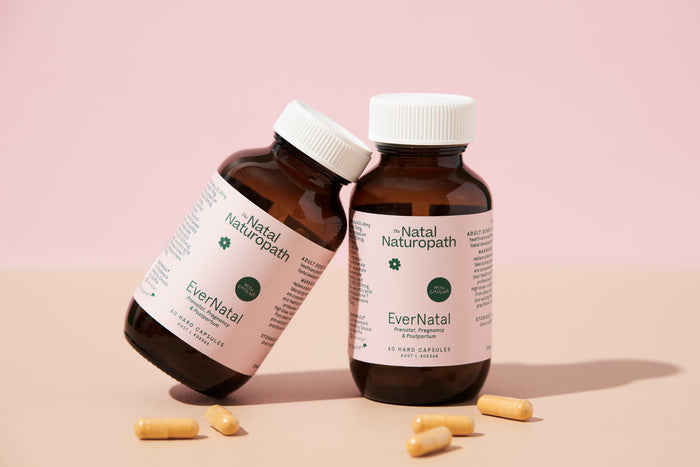


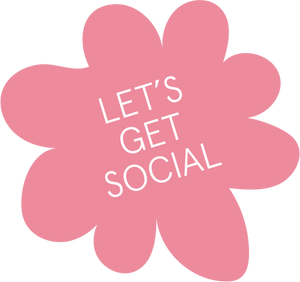
 You're only $120.00 away from unlocking free shipping
You're only $120.00 away from unlocking free shipping